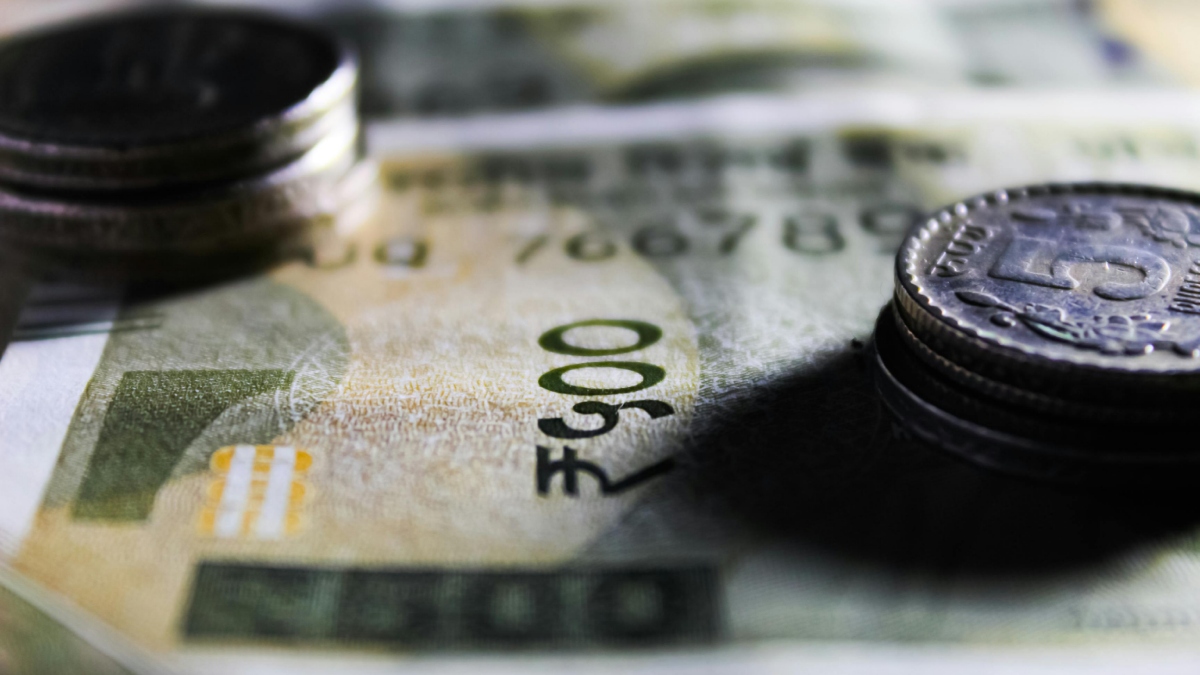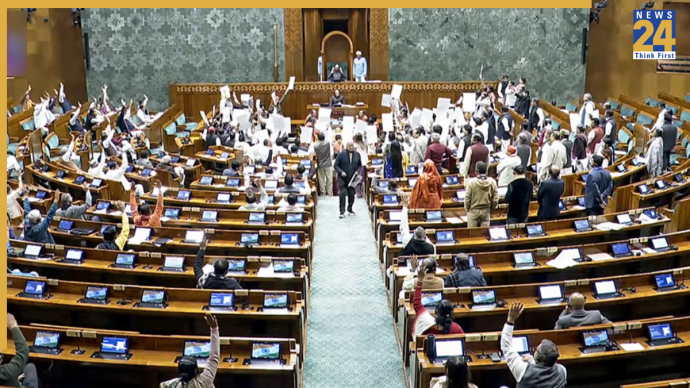After a decade of waiting, the much-anticipated 8th Pay Commission will be implemented on January 1, 2026, following approval from the Prime Minister, according to reports.
Nearly 50 lakh central government employees and 65 lakh pensioners will receive the benefits under the 8th Pay Commission.
However, there are many doubts garding the 8th Pay Commissionn.
What is A Pay Commission ?
A Pay Commission is set up to rationalize the pay structure of government employees in relation to inflation. So far, seven Pay Commissions have been formed. The last one, the 7th Pay Commission, was implemented in January 2016 and had a tenure of 10 years, which will end in 2026. This is why the 8th Pay Commission has now been established.
What Will The Pay Commission Do?
The 8th Pay Commission will advise the government on the appropriate salary and allowances for central employees. Based on its recommendations, the government will implement the new salary structure and benefits. However, the government is not obligated to accept all recommendations; it will consider factors like the financial burden and the state of the treasury while making the final decision. Each Pay Commission has had its own specific objectives. For instance, the 7th Pay Commission, formed in 2014, aimed to make government jobs more attractive to high-quality employees.
Basis Of Recommendation:
The Pay Commission will determine the fitment factor for central employees’ salaries, which is a formula used to calculate their salary and pension. The fitment factor is decided based on inflation, employees’ needs, and the government’s financial capacity.
Decide Of Fitment Factor:
The fitment factor takes into account various factors such as the government’s financial condition, inflation rates, and the requirements of employees. For example, the 7th Pay Commission recommended a fitment factor of 2.57, which means that if an employee’s minimum salary was ₹7,000, applying this factor increased it to ₹18,000.
Past Pay Commissions:
1st Pay Commission (1946)
1st Pay Commission led by Shri Srinivasa Varadacharia, the government raised the minimum basic monthly salary for central government employees from Rs 10 to Rs 30.
2nd Pay Commission (1957)
Justice Shri Jagannadha Das, during the 2nd Pay Commission, the government increased the lowest monthly salary for employees to Rs 80.
3rd Pay Commission (1970)
Shri Raghubir Dayal, a retired Supreme Court Justice, it minimum basic monthly salary for government employees was raised to Rs 185 with the 3rd Pay Commission.
4th Pay Commission (1983-1986)
Led by Chairman P.N. Singhal, it recommended a minimum salary of ₹750 per month and aimed to reduce pay disparities across ranks, benefiting 35 lakh employees.
5th Pay Commission (1994-1997)
Chaired by Justice S. Ratnavel Pandian, this Commission recommended a minimum salary of ₹2,550 per month, focusing on modernizing government offices and benefiting 40 lakh employees.
6th Pay Commission (2006-2008)
Under Chairman Justice B.N. Srikrishna, it introduced ‘pay bands’ and ‘grade pay’, recommending a minimum salary of ₹7,000 per month, benefiting 60 lakh employees.
7th Pay Commission (2014-2016)
Chaired by Justice A.K. Mathur, it recommended a minimum salary of ₹18,000 per month and a maximum salary of ₹2,50,000 per month, benefiting over one crore employees and pensioners.
Also Read: Share Market Today: Sensex And Nifty Ends In Green – How Leading Stocks Performed?












